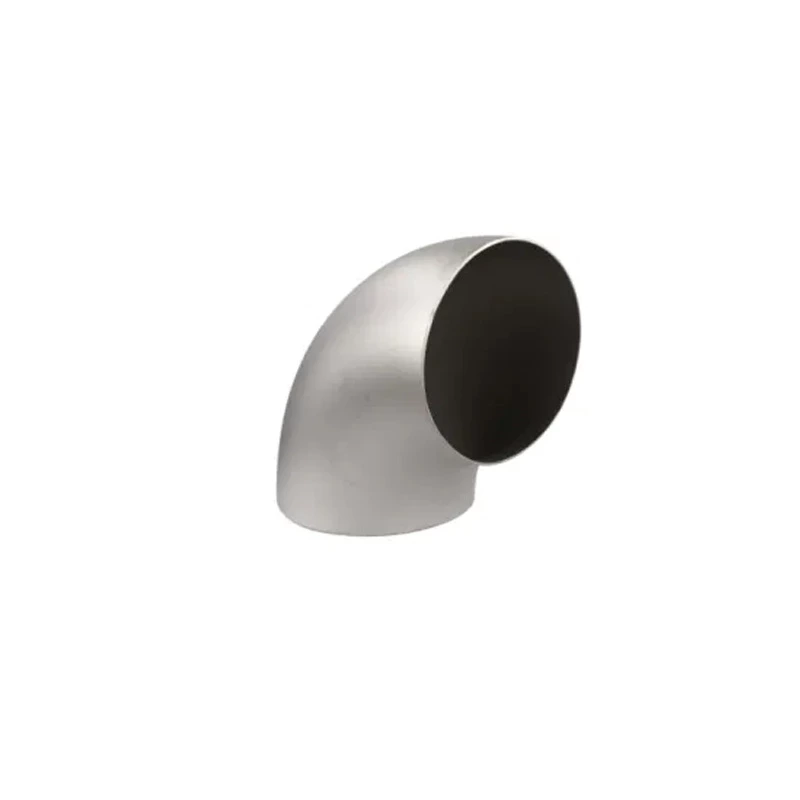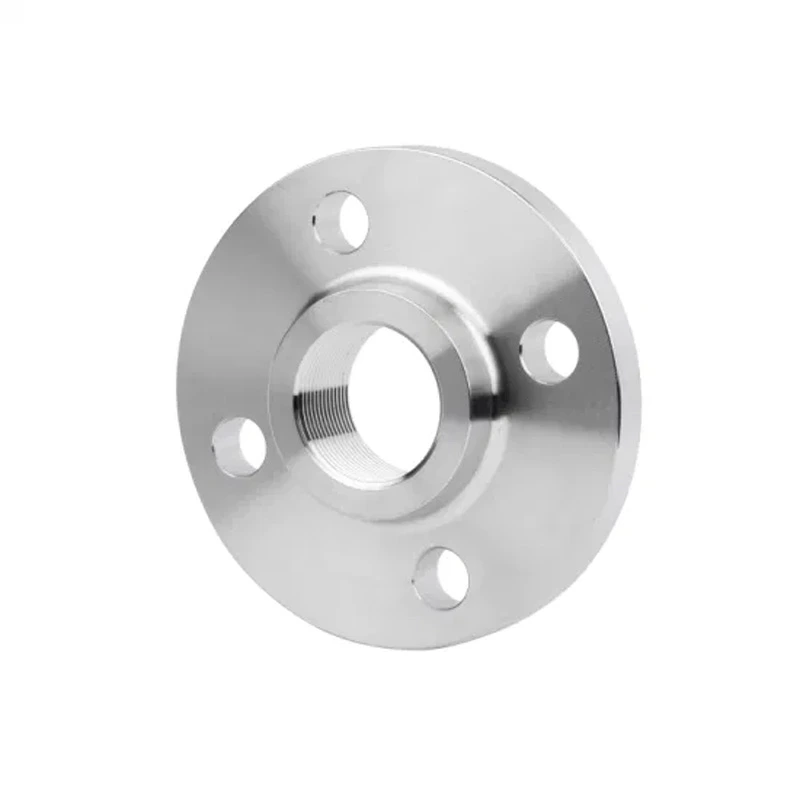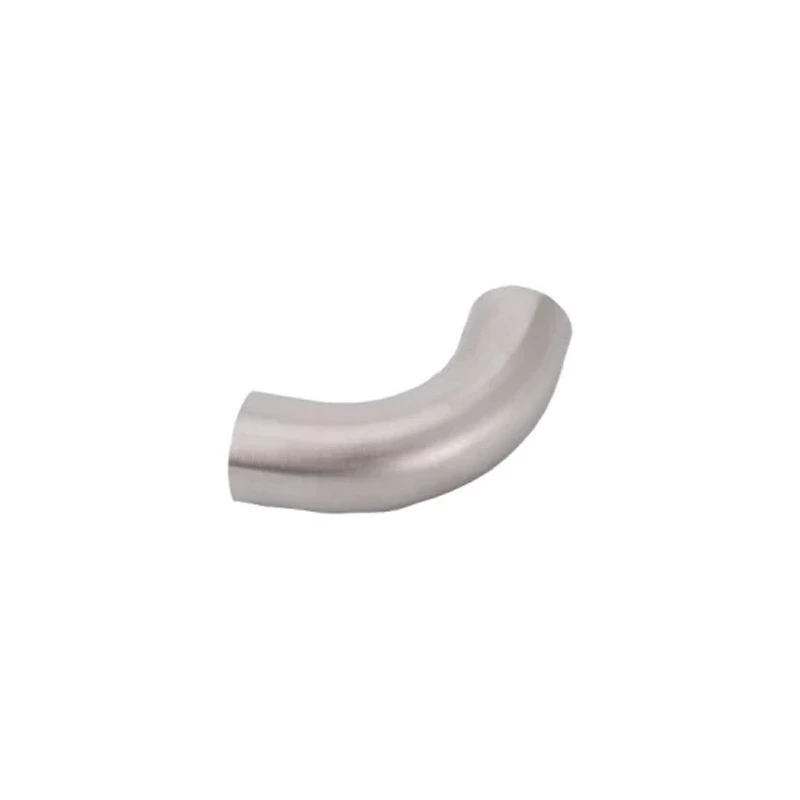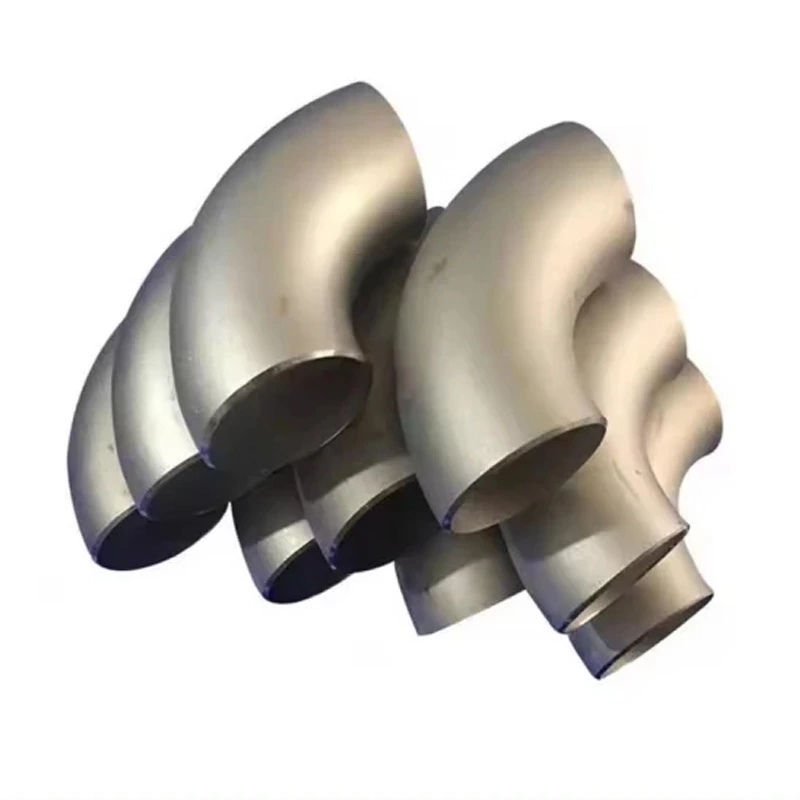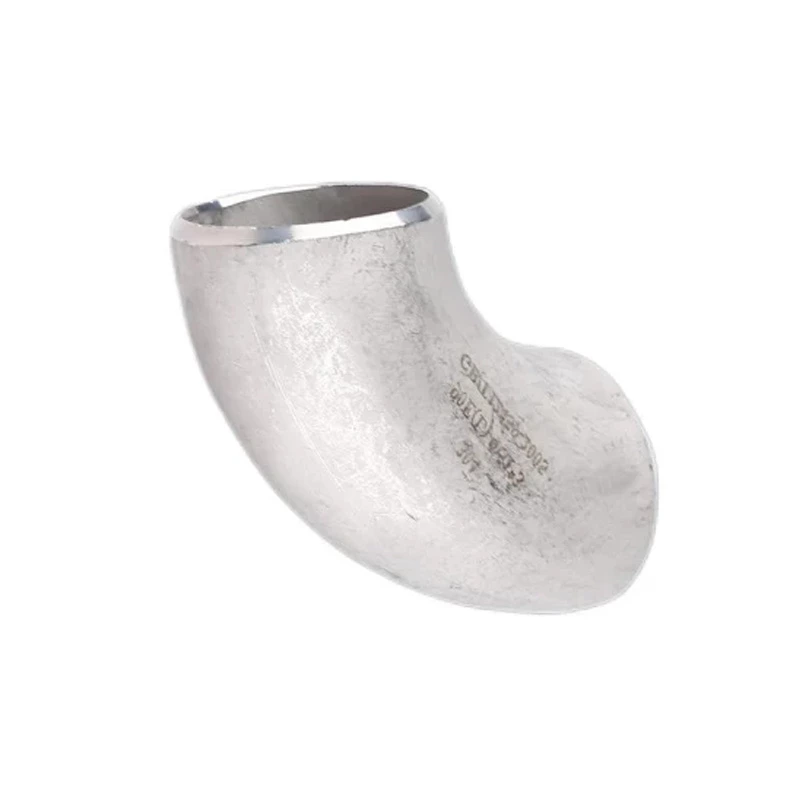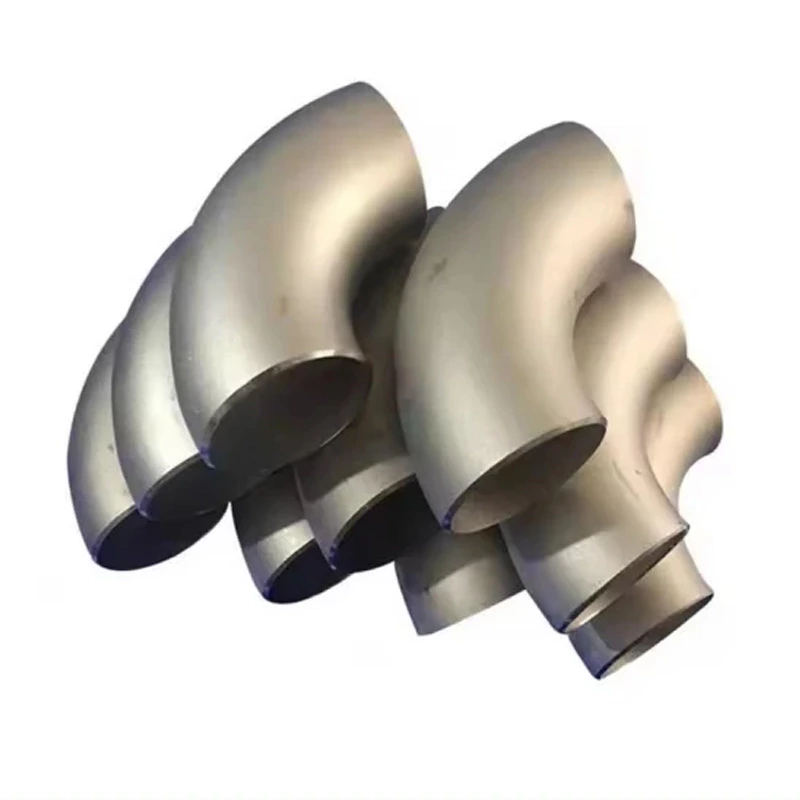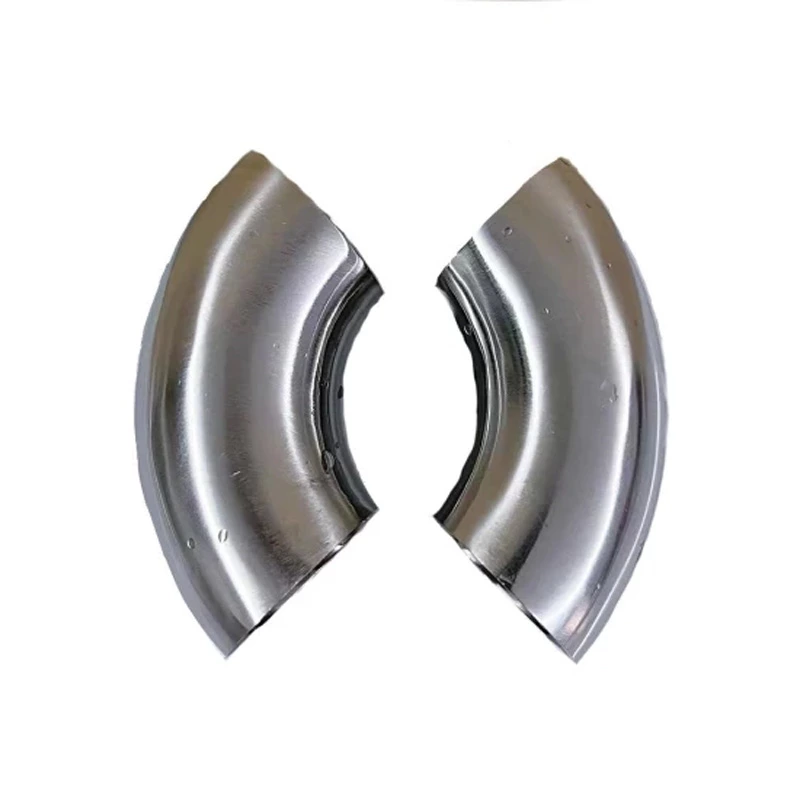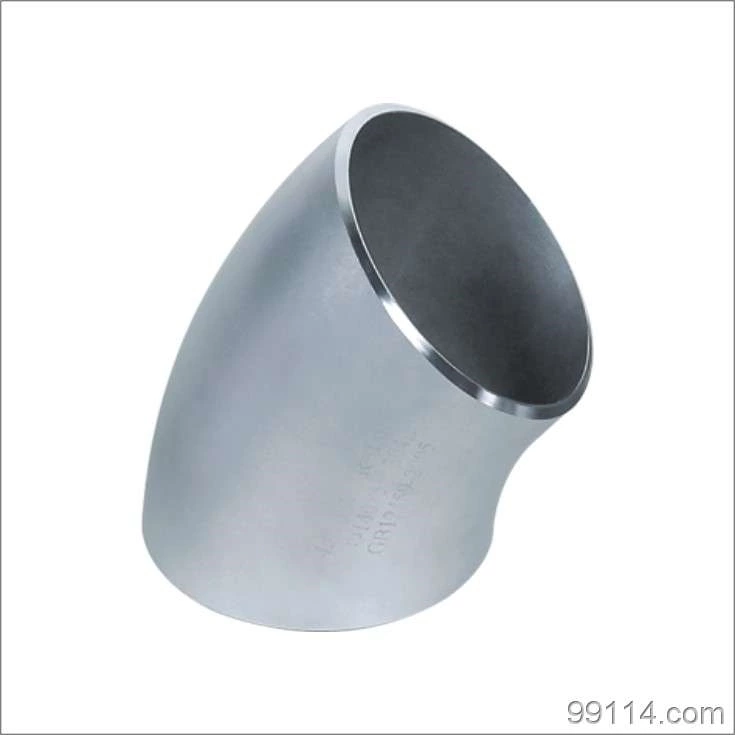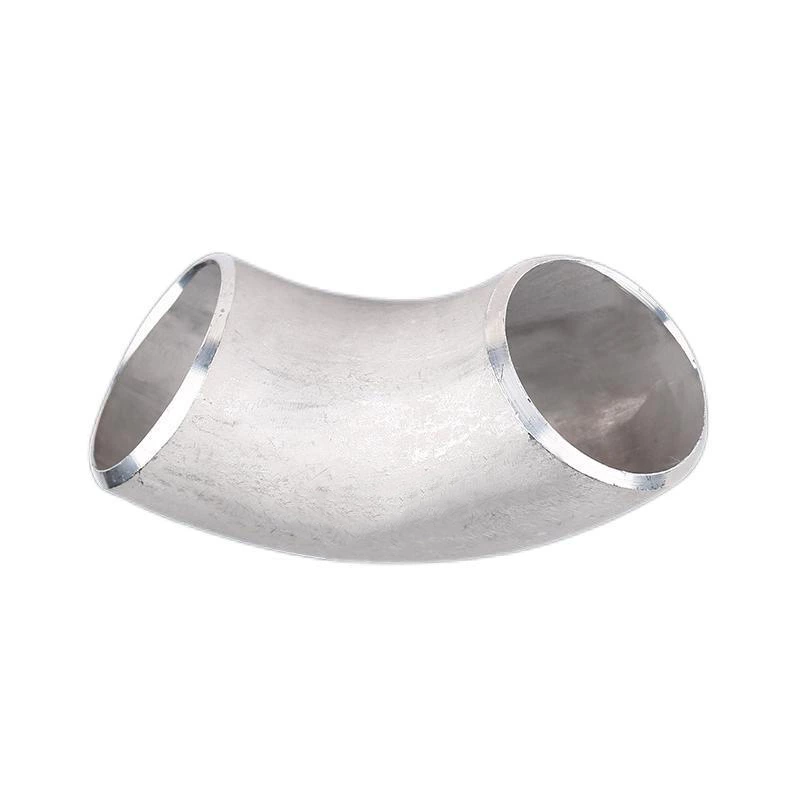Precautions For Use And Surface Treatment Of Elbows And Tees In Stainless Steel Pipe Fittings
Stainless Steel Weld Elbow can only be made into small diameters. If the pipe specifications are too large, it is difficult to buy finished stamped elbows, and only welded elbows can be used. Because the welded elbows have many welds, all the performance is not as good as the stamped elbows, and they are easy to be corroded and leaked. And because the stamped elbows are produced in batches, the price is cheaper than the welded elbows. Now there are precision casting elbows, which can be made into 316L, with good performance. The process and technical parameters of stainless steel elbows need to be used in accordance with the way and method. The stamped elbows produced and processed have good use characteristics and advantages, and play an important role and value in use. In the production of stamped elbows, some different factors often affect the performance and process of stamped elbows. The process parameters that affect the geometric shape of stamped elbows are: the material, wall thickness and outer diameter of the blank for pushing, the material and shape of the mandrel head, the heating temperature and its distribution, and the pushing speed. Different factors have different effects on stamped elbows. They need to be used in accordance with the corresponding ways and methods in use. The specific use value and role of stamped elbows in use.
Stainless steel elbows are made of malleable cast iron and are used to connect water supply pipes, steam pipes, gas pipes, and oil pipelines. The color of the stamped elbow is black, with a right-angle bend, excellent quality, and not easy to damage. The specifications of the stamped elbow are 1/2-10 inches. The products are widely used in pipeline installation, installation, and supporting services in the petroleum, chemical, metallurgy, and electric power industries. With the continuous development of the world economy and the continuous improvement of income levels, we are targeting related industries such as the construction industry and the shipbuilding industry. Stainless steel elbows are mainly connected to pipe fittings. They can take on important tasks in the development area of this product and set sail with technical level.
Stainless steel elbows are used and promoted in different fields and industries. They can improve the quality and performance of water. They are used in different places and can play an important role. They have mechanical and physical functions. The stainless steel compression type equal diameter tee is twice as strong as the galvanized pipe, three times as strong as the copper pipe, and eight to ten times as strong as the PP-R pipe. It can withstand the impact of vibrations. After it is connected, it has the characteristics of no leakage, no bursting, and earthquake resistance. Therefore, it is suitable for civil low-pressure fluid transportation such as hot and cold water, direct drinking water, heating, air conditioning, fire protection, gas, etc. It can also be used in low-pressure fluid transportation in industries such as beverages, food, and chemicals.
Precautions for the use and surface treatment of elbows and tees in stainless steel pipe fittings:
1. The welding rod should be kept dry during use. The titanium calcium type should be dried at 150℃ for 1 hour, and the low hydrogen type should be dried at 200-250℃ for 1 hour (it cannot be dried repeatedly, otherwise the skin will easily crack and peel off). Prevent the welding rod skin from sticking oil and other dirt to avoid increasing the carbon content of the weld and affecting the quality of the weldment.
2. To prevent intergranular corrosion caused by heating, the welding current should not be too large, about 20% less than that of carbon steel electrodes, the arc should not be too long, the interlayer should be cooled quickly, and a narrow weld is preferred.
3. For stainless steel elbows, appropriate amounts of stable elements such as Ti, Nb, and Mo are appropriately added to improve corrosion resistance and weldability, and the weldability is better than that of stainless steel elbows. When using the same type of chromium stainless steel electrodes, preheating above 200°C and tempering at about 800°C after welding should be performed. If the weldment cannot be heat treated, chromium-nickel stainless steel electrodes should be used.
4. Stainless steel elbows are available in titanium calcium type and low hydrogen type. Titanium calcium type can be used for AC and DC, but the penetration depth is shallow during AC welding, and it is easy to turn red, so DC power supply should be used as much as possible.
5. When stainless steel elbows are welded, carbides are precipitated by repeated heating, which reduces the resistance and mechanical properties.
6. Stainless steel elbow electrodes have good resistance and properties, and are widely used in chemical industry, fertilizer, petroleum, and machinery manufacturing.
7. Stainless steel elbows are not afraid of corrosion (oxidizing acid, acid, cavitation), heat and energy. They are usually used in power stations, chemical industry, petroleum and other equipment materials. Stainless steel elbows have poor weldability, and attention should be paid to welding process, heat treatment conditions and the selection of appropriate welding rods.
8. Stainless steel elbows have high hardening after welding and are prone to cracking. If the same type of stainless steel elbows are used for welding, preheating above 300°C and slow cooling treatment of about 700°C after welding are performed. If the weldment cannot be heat treated after welding, stainless steel elbow welding rods should be used.
Stainless steel elbows and all pipe fittings need to be surface treated. The iron oxide on the inner and outer surfaces of the elbows is smoothed through various treatments, and then anti-corrosion paint is applied to facilitate transportation and protect the elbows from corrosion. So do you know what surface treatments are there for stainless steel elbows?
1. Start with the material of the pipeline and strictly control the quality of raw materials. Strict entry inspection is carried out on stainless steel pipes and stainless steel elbow pipe fittings. The materials meet the requirements.
2. Surface coating protection. At present, in view of the corrosion of stainless steel elbow pipes in the environment, in addition to selecting materials with good performance, the strength can also be improved by coating the surface of stainless steel pipes.
3. The electrochemical protection methods of stainless steel elbows mainly include setting protector protection, negative protection and positive protection methods.
